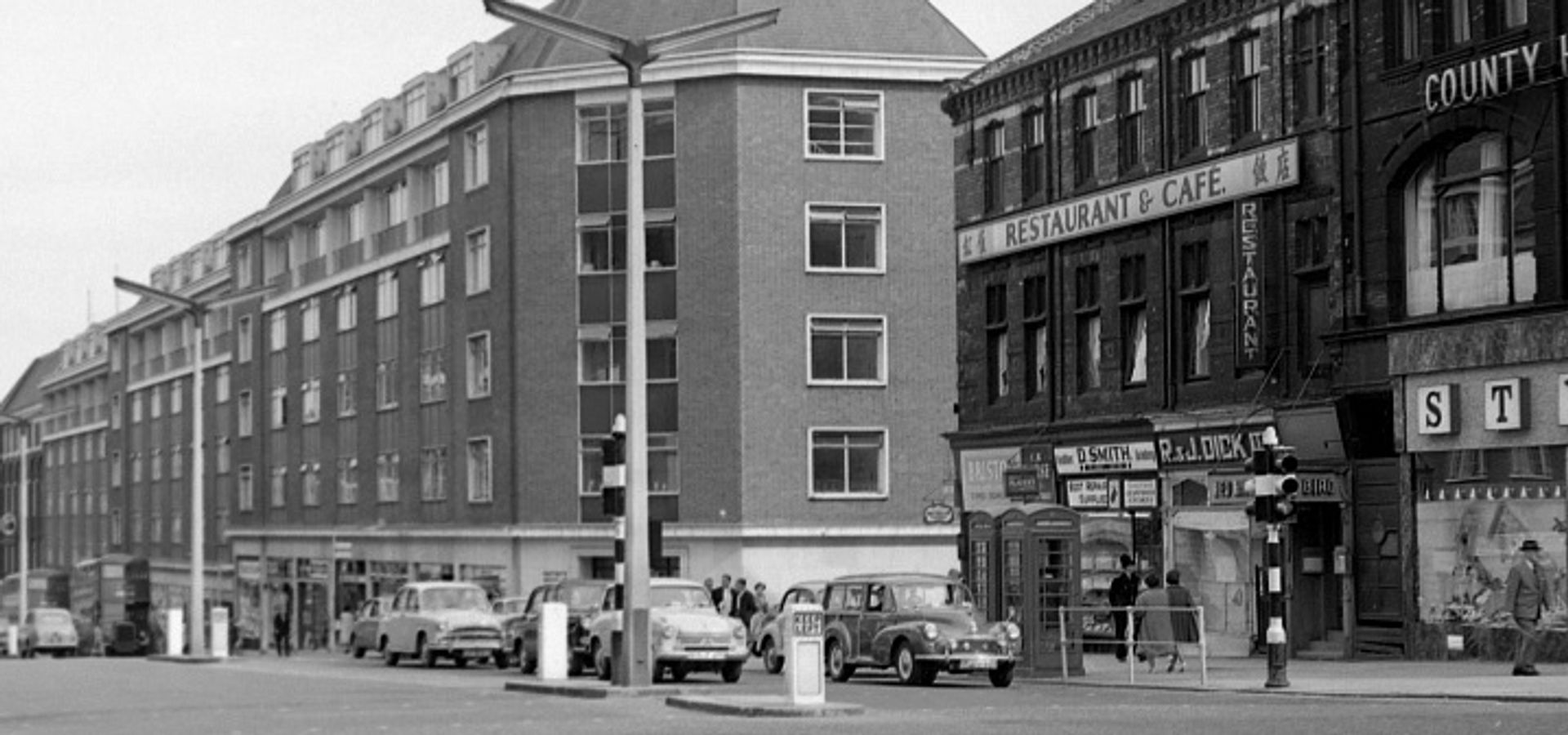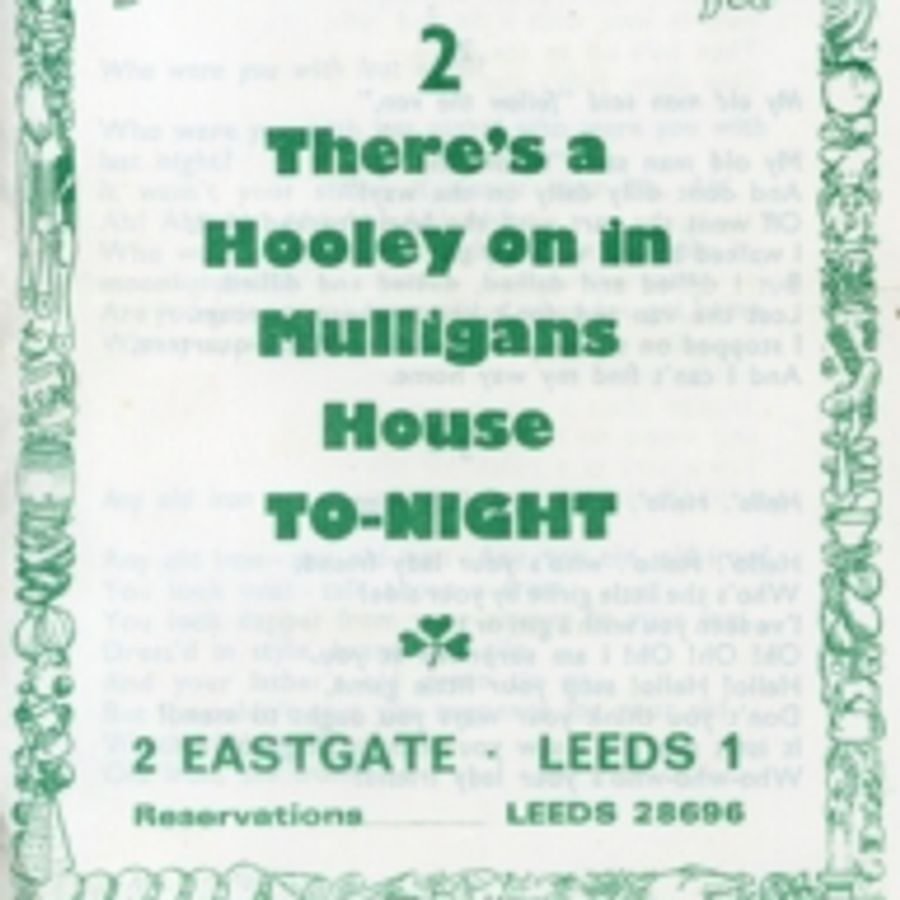
Unravelling the Mystery of Mulligan’s: A Peek into Leeds’ Nostalgic Past
A Song Sheet with No Clues
A song sheet advertisement was donated to the museum from a firm called “Mulligan’s,” but it came with no extra information. In some cases, other memorabilia provide clues to their origins, but this advertisement was an exception. The sheet advertised a time and place and mentioned “Theatre suppers” in the corner, yet offered no insight into what Mulligan’s actually was. It was quite a mystery.
The Quest Begins at Leeds City Library
Determined to uncover the truth, I visited the Leeds City Library, hoping their local and family history section could shed some light. The library staff helped with my research by bringing up old maps from the 1970s of the Eastgate area. Despite our thorough search, we couldn’t find any mention of a “Mulligan’s” at the advertised location. This led us to speculate that the event might have been held at a different venue altogether.
A Breakthrough: Mulligan’s Gaiety Restaurant
Our breakthrough came when we discovered an article in the 1968 edition of Yorkshire Life. The article mentioned “Mulligan’s Gaiety Restaurant,” placing it firmly in that year. The song sheet, with the tagline “There’s a Hooley at Mulligan’s,” led me to wonder if Mulligan’s could have been a dance hall or a bar. The Victorian-themed night featured food inspired by Victorian cuisine and waitresses dressed in period attire. Leonard Sachs was a special guest at this event, and he interacted with guests and encouraged a singsong after the meal. Mulligan’s had a clear Irish influence and may have been popular with the Irish community in Leeds.
Victorian Vibes and Culinary Delights
The Victorian theme cropped up again at the new Mulligan’s Gaiety Restaurant on Eastgate, Leeds, where invited guests enjoyed a special inaugural dinner. Leonard Sachs, of TV’s “The Good Old Days,” cavorted engagingly about the floor and encouraged us to sing, if not for our supper, at least after it. This was less easy than it might seem for those guests who had opted for “Our Inimitable Mulligan’s Stew,” which Victorian waitresses brought to the table in stew pots huge enough to daunt any but the most robust appetites. The menu included other delicacies such as Old Granny Mulligan’s Steak and Kidney Mushroom Pie (“The last meal ordered by Sweeney Todd before being executed”), turbot (“the favorite of Sherlock Holmes”), and a variety of other dishes variously enjoyed by Jack the Ripper, Marie Lloyd, and the I.R.A.

Calling All Memories
Mulligan’s, with its blend of theatrical dining and Irish charm, remains a fascinating piece of Leeds’ history. The Leeds City Museum would be interested in being contacted if anyone has any memories of the Mulligan’s Restaurant. If you recall dining at this unique establishment or have stories to share, please get in touch. Your memories could help us piece together more of Mulligan’s captivating story.
By diving into the mystery of Mulligan’s, we not only explore a piece of Leeds’ cultural history but also celebrate the vibrant and diverse community that once thrived there. Join us in this journey back in time, and help us preserve these cherished memories.
This post was written by Eleanor-Jade Gardner from Leeds Trinity University who is working with us on a placement.
